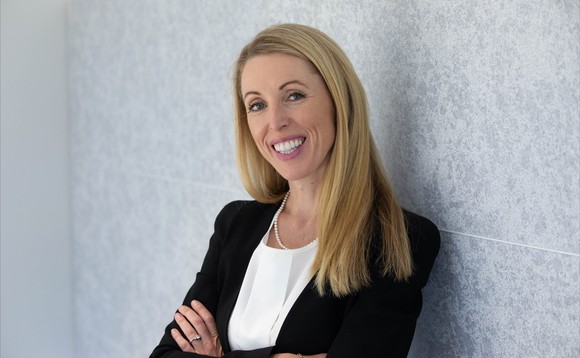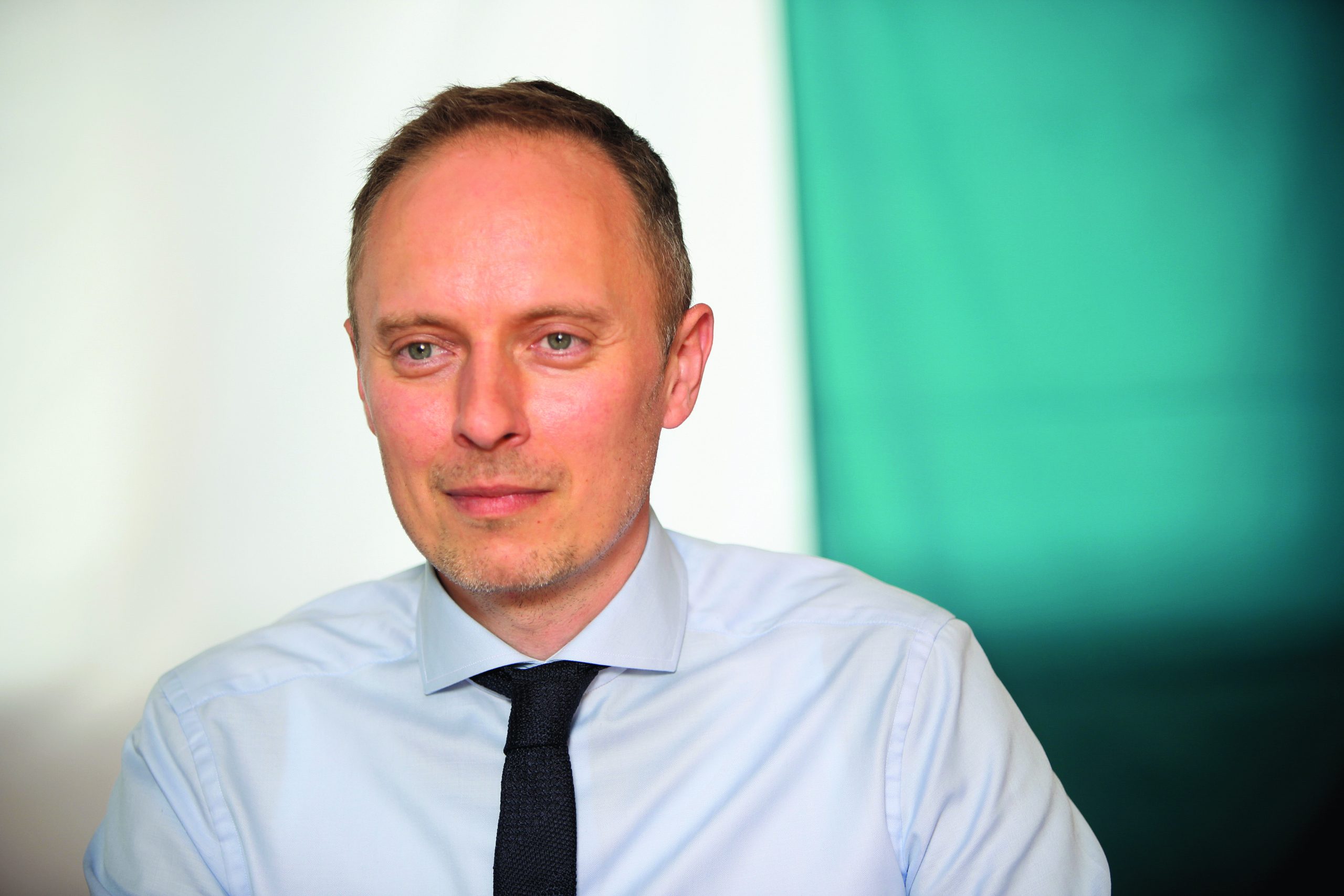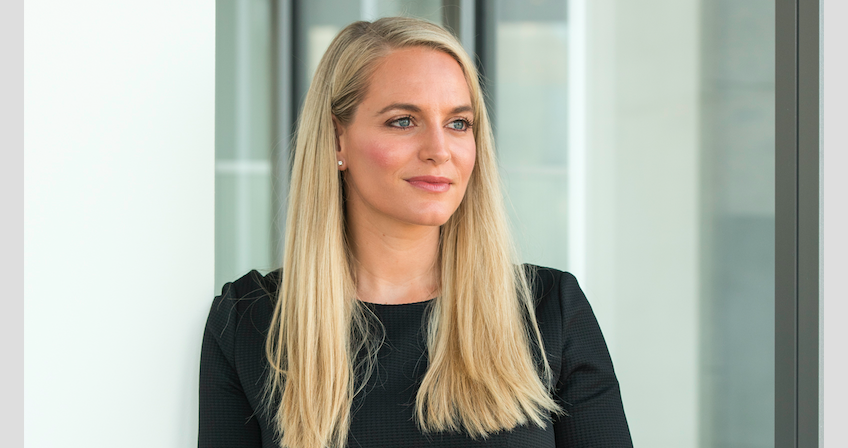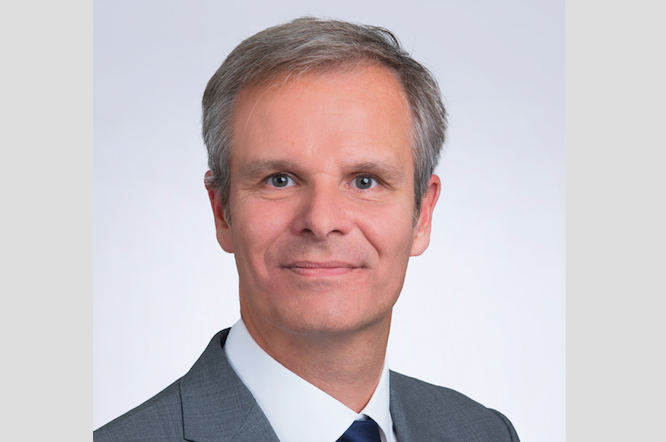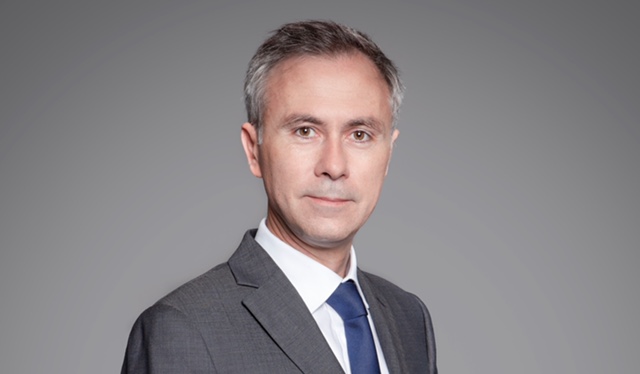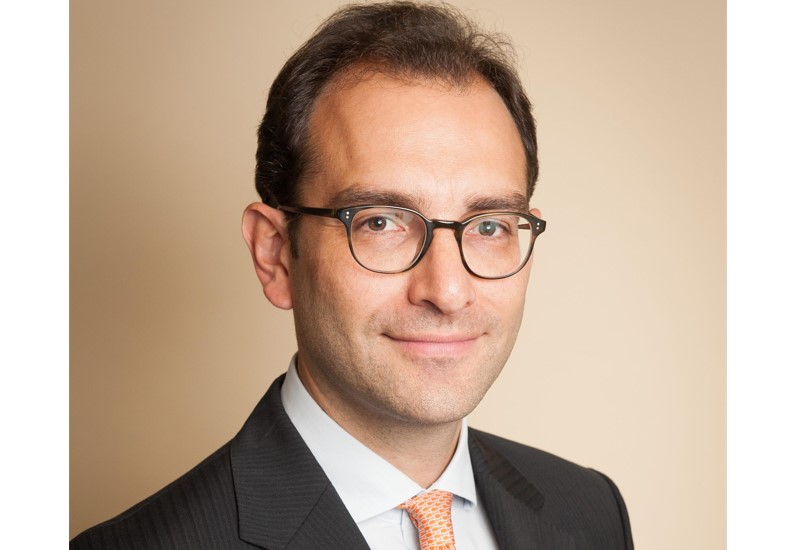Schroders Buys 75% of Greencoat Capital, Investment Manager Specializing on Renewable Infrastructures
| By Beatriz Zúñiga | 0 Comentarios

Schroders has announced that it has reached an agreement to acquire a 75% shareholding in Greencoat Capital Holdings Limited (Greencoat) for an initial consideration of 358 million pounds (471 million dollars). Greencoat is one of Europe’s largest renewable infrastructure managers, with 6.7 billion pounds (8.93 billion dollars) of assets under management at 30 November 2021.
In a press release, the asset manager has pointed out that Greencoat “pioneered large-scale renewable energy infrastructure investing in listed and private formats”, delivering compound AUM growth of over 48% per annum over the last four years to 31 March 2021. Over the past 12 months it has achieved net new commitments for private funds and equity raises for listed funds of 1.6 billion pounds (2.13 billion dollars).
After this agreement, both firms have an ambition to be a global leader in this “fast-growing and important” investment sector.
In Schroders’ view, Greencoat operates at the intersection of two significant growth opportunities. The first one is the global transition to net zero: the US and European markets for renewable energy assets are forecast to grow by more than 1 trillion dollars to 2030. The second is the “significant and accelerating” institutional client demand for environmentally positive products in order to meet their own sustainability commitments.
As part of Schroders, Greencoat’s growth and its offering to clients will be significantly enhanced, benefitting from Schroders’ distribution reach, sustainability capabilities, management experience and brand. Greencoat will become part of Schroders Capital, Schroders’ private markets division and be known as Schroders Greencoat.
Strategic rationale
Schroders’ believes that the transaction is aligned with its strategy to build a comprehensive private assets platform and enhance its leadership position in sustainability. In its view, providing private capital for the energy transition required to achieve a net zero future will become increasingly important as governments around the world look to accelerate towards this goal: “This is an area where we can support one of the most significant transformations required in economies worldwide to mitigate climate change. In addition, there is strong investor demand for such long-duration assets providing long-term secure income streams”.
Peter Harrison, Group Chief Executive of Schroders, highlighted that Greencoat is “a market-leading, high growth business, with an outstanding management team”, which provides access to a large and fast-growing market in high demand among their clients.
“Its culture is an excellent fit with ours and its focus aligns very closely to our strategy, continuing our approach of adding capabilities in the most attractive growth segments we can provide to our clients. We have demonstrated our ability to integrate acquisitions successfully, to generate growth and create significant value for our shareholders. We are confident that we will be able to leverage the strengths of both firms while preserving Greencoat’s differentiated position in the market”, he added.
Meanwhile, Richard Nourse, who founded Greencoat in 2009, claimed to be “delighted” to have found a partner in Schroders who sees “the potential” of their business and believes deeply in their mission to build a global leader in renewables investing. “We are extremely proud of what the brilliant team at Greencoat has together achieved, creating a market-leading renewables asset management firm in the UK and Ireland, a strong platform in Europe and an important expansion into the US. Combining this team with Schroders’ global distribution network and expertise will enable clients to capitalise on the unequalled opportunity that our sector represents – a trillion dollar investable universe – and the chance to meaningfully support the global transition to net zero”, he concluded.
About Greencoat
Established in 2009, Greencoat is a specialist investment manager focusing on renewable energy infrastructure investing, including wind, solar, bioenergy and heat. Greencoat operates nearly 200 power generation assets across the UK, Europe and the US, with an aggregate net generation capacity of over 3 gigawatts. Its investor mandates typically comprise permanent or 25-year capital, reflecting the longevity of the assets in which it invests. It manages the leading listed renewable infrastructure investment companies in sterling (Greencoat UK Wind PLC) and euros (Greencoat Renewables PLC) and has some of the UK’s leading pension funds amongst its fast growing £2.9 billion private market business.
The firm has a strong, experienced team who have contributed to its success over many years and which is known for the depth and quality of its operational asset management expertise. It is led by its four founders Laurence Fumagalli, Bertrand Gautier, Stephen Lilley and Richard Nourse.



